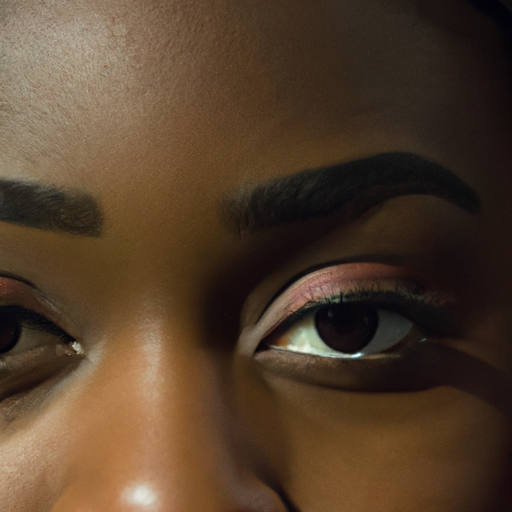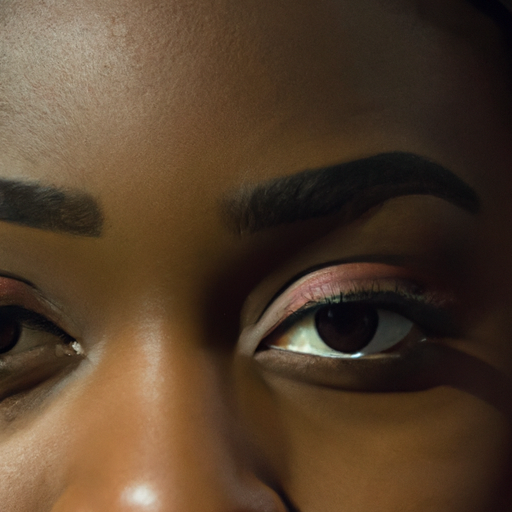Title: Unmasking Clear Skin: A Deep Dive into Acne Treatments
As a dermatologist, I often encounter patients who are desperate for a solution to their acne problems. Acne, a common skin condition that affects millions worldwide, can be a source of embarrassment and distress. It’s not just a teenage problem; adults can also suffer from this condition. In this article, we will take a deep dive into the world of acne treatments, unmasking the path to clear skin.
Acne occurs when your skin’s oil glands produce too much oil, leading to clogged pores. This excess oil, combined with dead skin cells, can cause inflammation and the formation of pimples. Acne treatments aim to reduce oil production, speed up skin cell turnover, fight bacterial infection, or reduce inflammation.
Over-the-counter (OTC) treatments are usually the first line of defense against acne. These include products containing salicylic acid, benzoyl peroxide, and sulfur. Salicylic acid helps unclog pores and resolve lesions. Benzoyl peroxide kills bacteria and slows down your glands’ oil production. Sulfur removes dead skin cells that clog pores and reduces oiliness.
For moderate to severe acne, prescription medication may be necessary. Topical retinoids, derived from vitamin A, are often prescribed to unclog pores and prevent whiteheads and blackheads from forming. Antibiotics can be used to kill excess skin bacteria and reduce redness.
Oral medications are another option for more severe cases. Oral antibiotics are typically used for short-term treatment due to their potential side effects. Isotretinoin, a powerful drug for people who have severe, scarring acne or those who have tried other treatments without success, is another option.
In-office procedures such as laser therapy, chemical peels, and extraction of large cysts can also be effective in treating acne. However, these treatments should only be performed by a trained professional.
While these treatments can help manage acne, it’s equally important to maintain a consistent skincare routine. This includes cleansing your face twice a day, using non-comedogenic products, and avoiding touching your face. A healthy diet and regular exercise can also contribute to better skin health.
In conclusion, there is no one-size-fits-all solution to acne. Each person’s skin is unique, and what works for one person may not work for another. It’s crucial to consult with a dermatologist who can provide personalized advice based on your skin type and the severity of your acne.
Remember, achieving clear skin is a journey, not a destination. With patience, consistency, and the right treatment, you can manage your acne effectively and reveal the clear, healthy skin beneath.
Keywords: Acne, Acne Treatments, Clear Skin, Dermatologist, Salicylic Acid, Benzoyl Peroxide, Sulfur, Topical Retinoids, Oral Medications, Skincare Routine.




